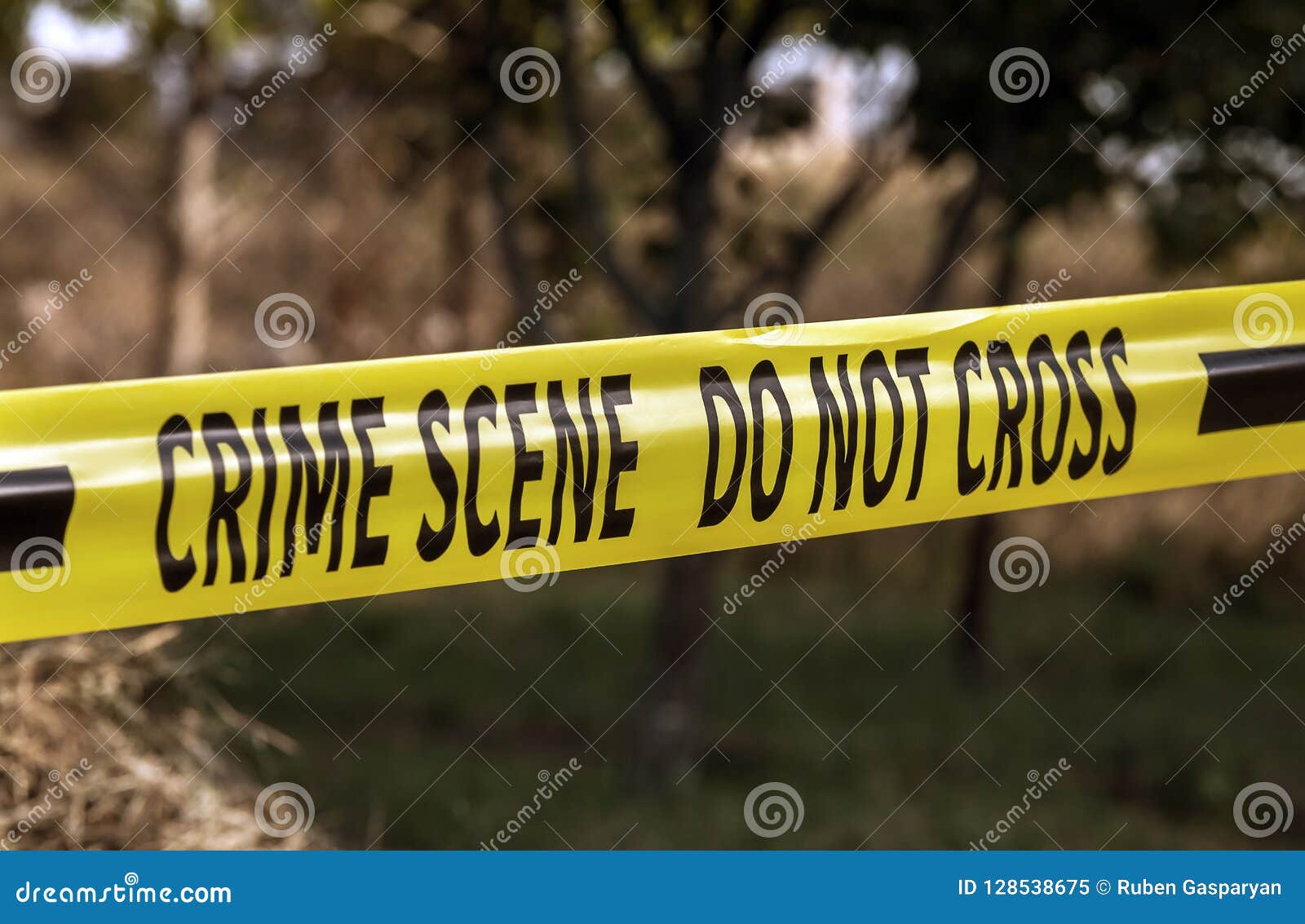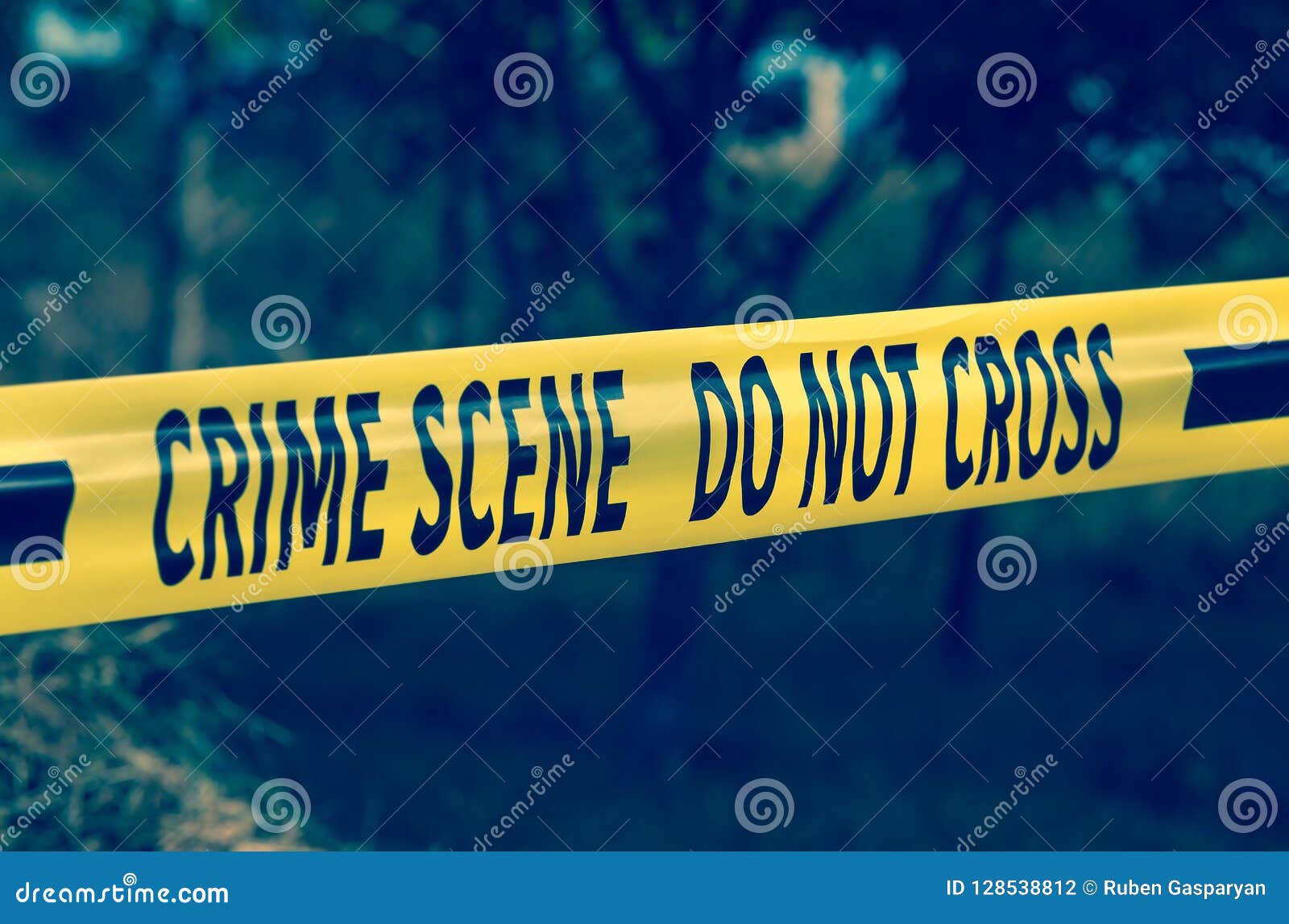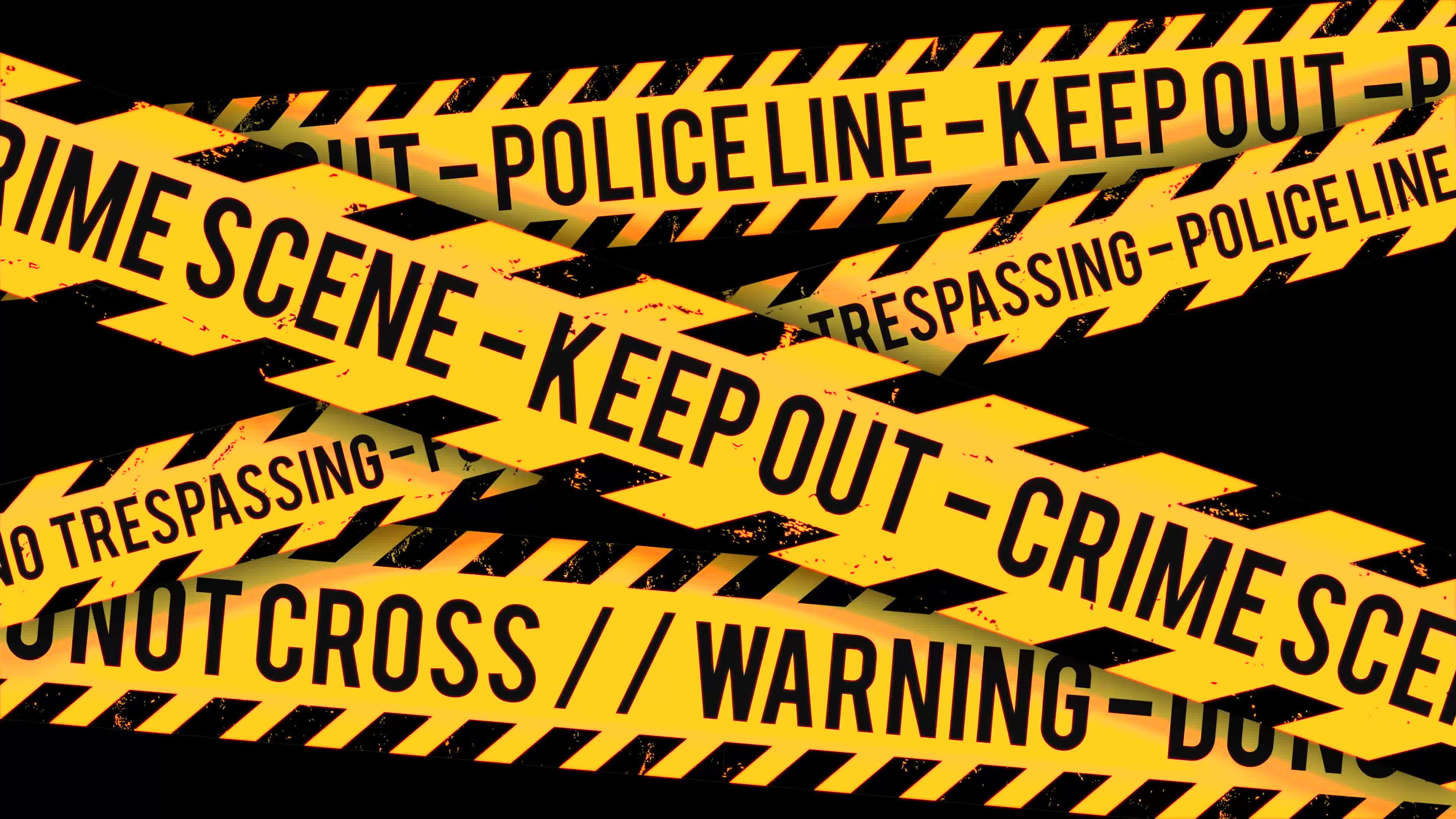Ever wondered what goes on behind the yellow police tape at a crime scene? It’s not just a random barrier; it’s a symbol of law enforcement’s commitment to preserving evidence and ensuring justice. Police tape crime scene procedures are more complex than you might think, and understanding them can give you a glimpse into the world of forensic investigation.
So, why should you care about police tape crime scenes? Well, whether you’re a true crime enthusiast, a student of criminology, or just someone curious about how investigations work, this topic is packed with fascinating details. The yellow tape isn’t just there to keep bystanders out; it’s a critical part of maintaining the integrity of the crime scene.
In this article, we’ll dive deep into the world of crime scene management, exploring everything from the history of police tape to the modern techniques used by investigators. By the end, you’ll have a solid understanding of why police tape crime scenes are so important and how they contribute to solving crimes. So, buckle up and let’s get started!
- Jose Baston And Eva Longoria A Love Story That Captured Hearts Worldwide
- Tennessean Obituary A Heartfelt Journey Through Lifes Final Chapter
Table of Contents
- The History of Police Tape
- Why Police Tape Crime Scene Matters
- Crime Scene Management Techniques
- Types of Police Tape Used Today
- The Role of Police Tape in Investigations
- Legal Aspects of Crime Scene Protection
- How Technology is Changing Police Tape Usage
- Challenges in Managing Crime Scenes
- Police Tape in True Crime Shows
- Wrapping Up: Why Understanding Police Tape Crime Scene is Crucial
The History of Police Tape
You might think police tape has been around forever, but it’s actually a relatively modern invention. Back in the day, officers would use ropes, chalk lines, or even wooden barriers to mark off crime scenes. The first official police tape was introduced in the mid-20th century, and it quickly became a staple in law enforcement. This section explores the evolution of police tape and its significance in modern investigations.
Did you know that the original police tape was made of cloth? Yeah, it’s true! Over time, advancements in materials science led to the creation of the durable, weather-resistant plastic tape we see today. And let’s not forget the iconic yellow color, which was chosen for its high visibility. It’s a small detail, but it makes a huge difference in ensuring that the crime scene remains secure.
Evolution of Crime Scene Markers
From chalk lines to high-tech barriers, the tools used to secure crime scenes have come a long way. Here’s a quick rundown of the evolution:
- Muskogee Mugs Mugshots A Deep Dive Into The World Of Legal Profiles
- How Tall Is Miguel Love Island Discover The Height And More About This Reality Star
- Chalk Lines: Used in the early days, these were effective but not very durable.
- Wooden Fencing: A step up from chalk, but still not ideal for large scenes.
- Cloth Tape: Introduced in the mid-20th century, this was a game-changer.
- Modern Plastic Tape: Weather-resistant, highly visible, and easy to deploy.
Each advancement in crime scene markers reflects the growing importance of preserving evidence and maintaining public safety.
Why Police Tape Crime Scene Matters
Now that we’ve covered the history, let’s talk about why police tape crime scenes are so important. It’s not just about keeping nosy onlookers away; it’s about protecting the integrity of the evidence. Without proper crime scene management, crucial clues could be lost, contaminated, or destroyed. This section explains the critical role that police tape plays in ensuring justice is served.
Imagine a crime scene where anyone could wander in and out. Sounds chaotic, right? That’s exactly why police tape exists. It creates a clear boundary that separates the investigators from the public, ensuring that only authorized personnel can access the area. This helps prevent evidence tampering and maintains the chain of custody, which is vital in court proceedings.
The Impact of Poor Crime Scene Management
When crime scenes aren’t properly secured, the consequences can be dire. Here are a few examples:
- Evidence Contamination: Footprints, fingerprints, and DNA samples can be easily compromised.
- Chain of Custody Issues: If evidence isn’t handled correctly, it may be deemed inadmissible in court.
- Public Safety Risks: Unsecured scenes can pose dangers to both the public and law enforcement.
By using police tape, investigators can minimize these risks and focus on gathering the evidence they need to solve the case.
Crime Scene Management Techniques
Securing a crime scene with police tape is just the first step in a complex process. Effective crime scene management involves a series of procedures designed to preserve evidence, document the scene, and ensure the safety of all involved. This section breaks down the key techniques used by law enforcement professionals.
When officers arrive at a crime scene, they follow a strict protocol. First, they assess the situation and determine the boundaries of the scene. Then, they deploy the police tape to create a perimeter. Next, they begin the documentation process, which includes taking photographs, creating sketches, and recording witness statements. Every step is crucial in building a solid case.
Steps in Crime Scene Management
Here’s a quick overview of the steps involved in managing a crime scene:
- Scene Assessment: Evaluating the situation and identifying potential hazards.
- Perimeter Establishment: Deploying police tape to secure the area.
- Documentation: Taking photos, creating sketches, and recording details.
- Evidence Collection: Gathering and preserving physical evidence.
- Scene Release: Ensuring the area is safe before allowing public access.
Each step requires precision and attention to detail, ensuring that no stone is left unturned in the pursuit of justice.
Types of Police Tape Used Today
Not all police tape is created equal. Depending on the situation, law enforcement may use different types of tape to secure a crime scene. This section explores the various types of police tape available today and their specific uses.
From standard yellow tape to specialized versions with reflective strips or tamper-evident features, there’s a tape for every need. Some tapes are even designed to withstand extreme weather conditions, ensuring that the crime scene remains secure no matter what Mother Nature throws at it.
Specialized Police Tape Options
Here’s a look at some of the specialized police tapes used in modern investigations:
- Reflective Tape: Ideal for low-light situations, this tape is highly visible at night.
- Tamper-Evident Tape: Designed to show if the tape has been tampered with, adding an extra layer of security.
- Weather-Resistant Tape: Built to withstand rain, snow, and extreme temperatures.
These specialized tapes help investigators adapt to the unique challenges of each crime scene.
The Role of Police Tape in Investigations
Police tape isn’t just a physical barrier; it’s also a psychological one. Its presence sends a clear message: this area is off-limits. This section examines how police tape contributes to the overall investigation process, from deterring unauthorized access to preserving the chain of custody.
When investigators arrive at a crime scene, the first thing they do is assess the situation. They look for signs of tampering, potential hazards, and any immediate threats to public safety. Once the scene is secured with police tape, they can focus on the task at hand: gathering evidence. The tape acts as a constant reminder that the area is under investigation, helping to maintain the integrity of the scene.
Psychological Impact of Police Tape
Have you ever noticed how people instinctively respect the boundaries set by police tape? There’s something about that bright yellow color that commands attention and respect. Here’s why:
- Visual Authority: The bright color and bold lettering send a clear message.
- Psychological Barrier: It creates a mental boundary that people are reluctant to cross.
- Social Norms: Most people understand that crossing police tape is not only disrespectful but also illegal.
By leveraging these psychological factors, police tape becomes an effective tool in managing crime scenes.
Legal Aspects of Crime Scene Protection
While police tape is a powerful tool, it’s not without its legal implications. Officers must follow strict guidelines when securing a crime scene to ensure that their actions are defensible in court. This section explores the legal aspects of crime scene protection and the potential consequences of non-compliance.
In many jurisdictions, crossing police tape without authorization is considered a criminal offense. This serves as a deterrent to would-be intruders and helps maintain the integrity of the crime scene. However, officers must also be mindful of civil rights and ensure that their actions don’t infringe upon them. Striking the right balance is key to effective crime scene management.
Potential Legal Consequences
Here are some of the legal consequences that can arise from improper crime scene management:
- Evidence Exclusion: If evidence is contaminated or mishandled, it may be excluded from court proceedings.
- Civil Liability: Officers could face lawsuits if their actions violate someone’s civil rights.
- Criminal Charges: Unauthorized access to a crime scene can result in criminal charges for trespassing or obstruction of justice.
By adhering to legal guidelines, law enforcement can protect both the evidence and the rights of those involved.
How Technology is Changing Police Tape Usage
As technology continues to evolve, so too does the way police tape is used in crime scene investigations. From smart tape that records access attempts to drones that monitor crime scenes from above, the future of crime scene management is full of exciting possibilities. This section explores some of the latest innovations in police tape technology.
Imagine a world where police tape isn’t just a passive barrier but an active participant in the investigation process. That’s exactly what some of the latest innovations aim to achieve. Smart tape equipped with sensors can detect when someone tries to cross it, sending real-time alerts to investigators. Drones equipped with cameras can provide aerial views of the scene, helping officers identify potential hazards or areas of interest.
Innovations in Police Tape Technology
Here are a few of the most exciting innovations in police tape technology:
- Smart Tape: Equipped with sensors to detect unauthorized access.
- Drone Surveillance: Providing aerial views of the crime scene.
- Augmented Reality: Allowing investigators to visualize the scene in 3D.
These technologies are revolutionizing the way crime scenes are managed, making investigations more efficient and effective.
Challenges in Managing Crime Scenes
While police tape is an effective tool, it’s not without its challenges. From weather conditions to public interference, investigators face a variety of obstacles when securing a crime scene. This section explores some of the most common challenges and how they can be overcome.
One of the biggest challenges is dealing with the elements. Rain, wind, and extreme temperatures can all impact the effectiveness of police tape. To combat this, investigators use weather-resistant tape and deploy additional barriers when necessary. Another challenge is public interference, which can be minimized through clear communication and education.
Overcoming Common Challenges
Here are some strategies for overcoming common challenges in crime scene management:
- Weather Resistance: Use tape designed to withstand harsh conditions.
- Public Education: Inform the public about the importance of respecting crime scene boundaries.
- Additional Barriers: Deploy extra barriers in high-traffic areas.
By addressing these challenges head-on, investigators can ensure that crime scenes remain secure and evidence remains intact.
Police Tape in True Crime Shows
For many people, their first exposure to police tape crime scenes comes through true crime shows. These programs often depict the dramatic moments when investigators arrive at a crime scene and deploy the iconic yellow tape. While some shows
- What Star Sign Is May 22nd Discover Your Zodiac And Unlock Its Secrets
- Kim Kardashian Boyfriends A Deep Dive Into Her Love Life Journey


